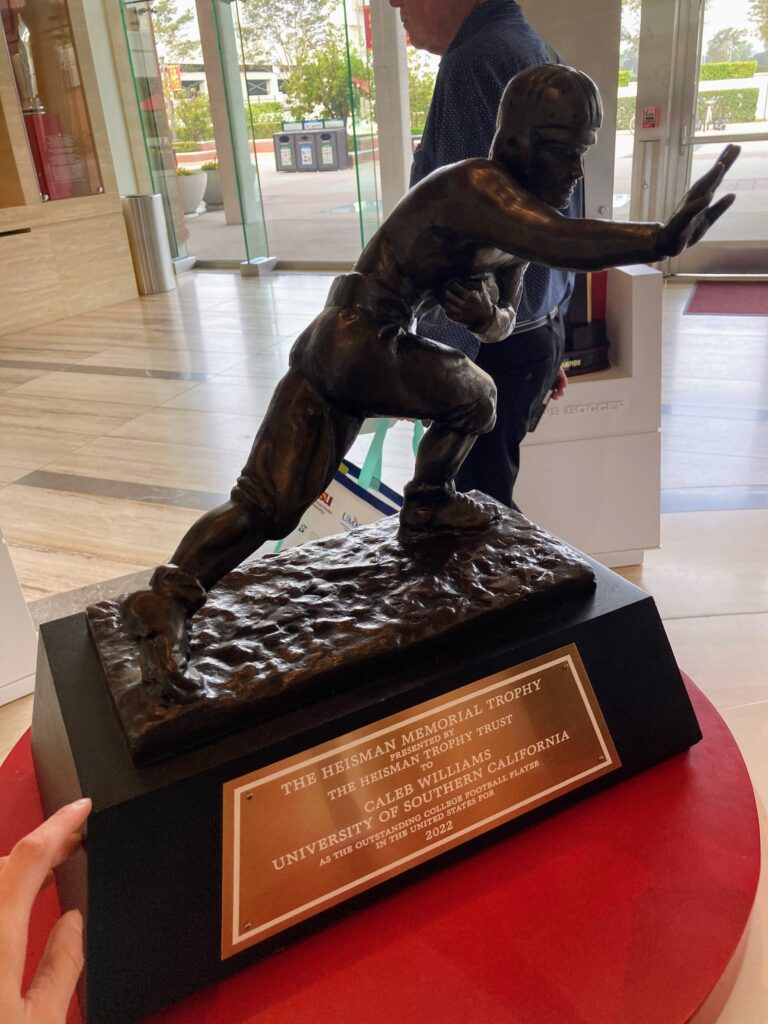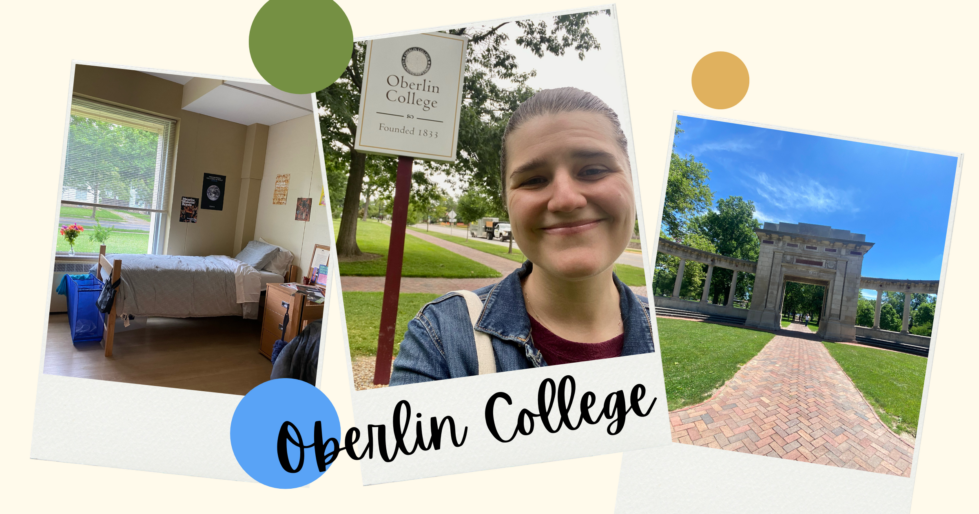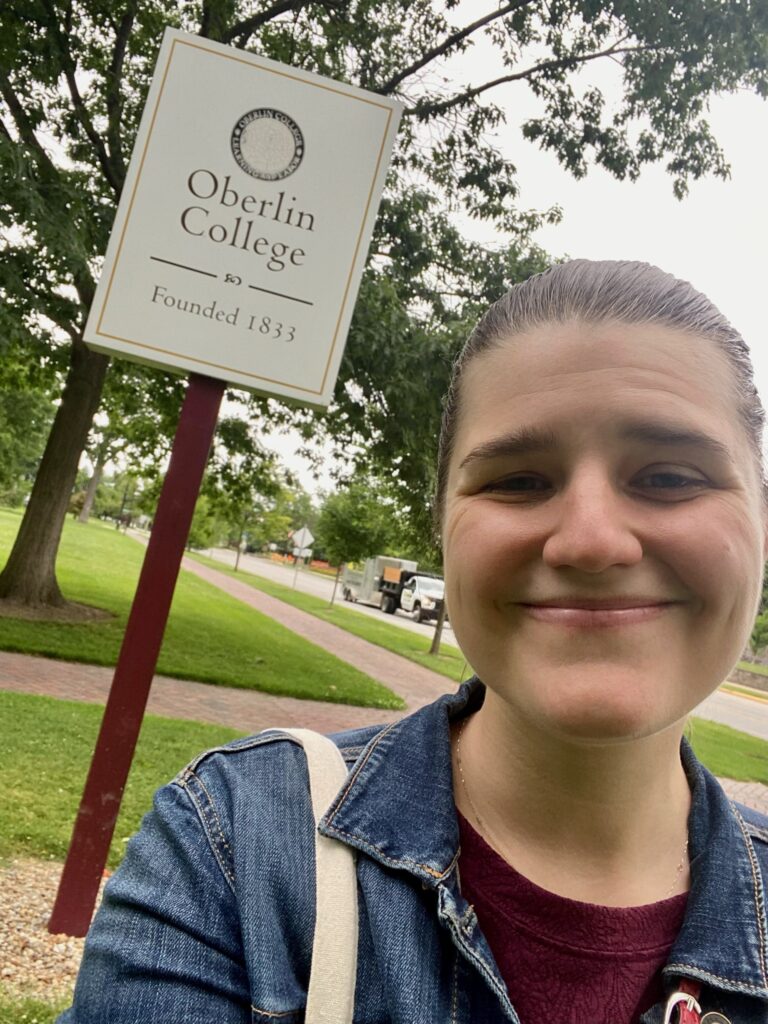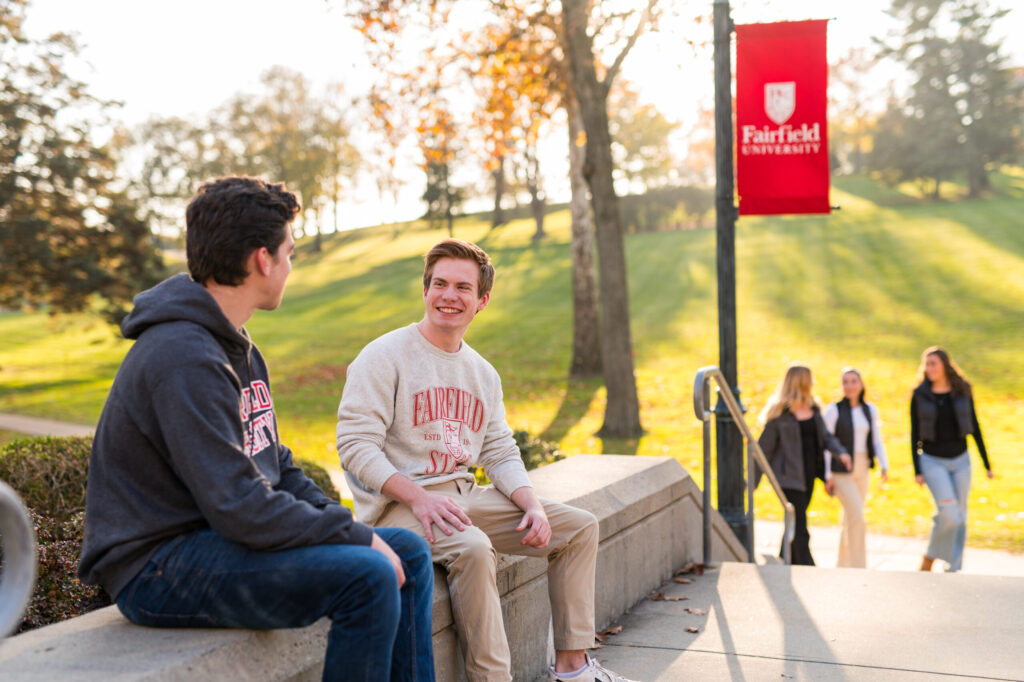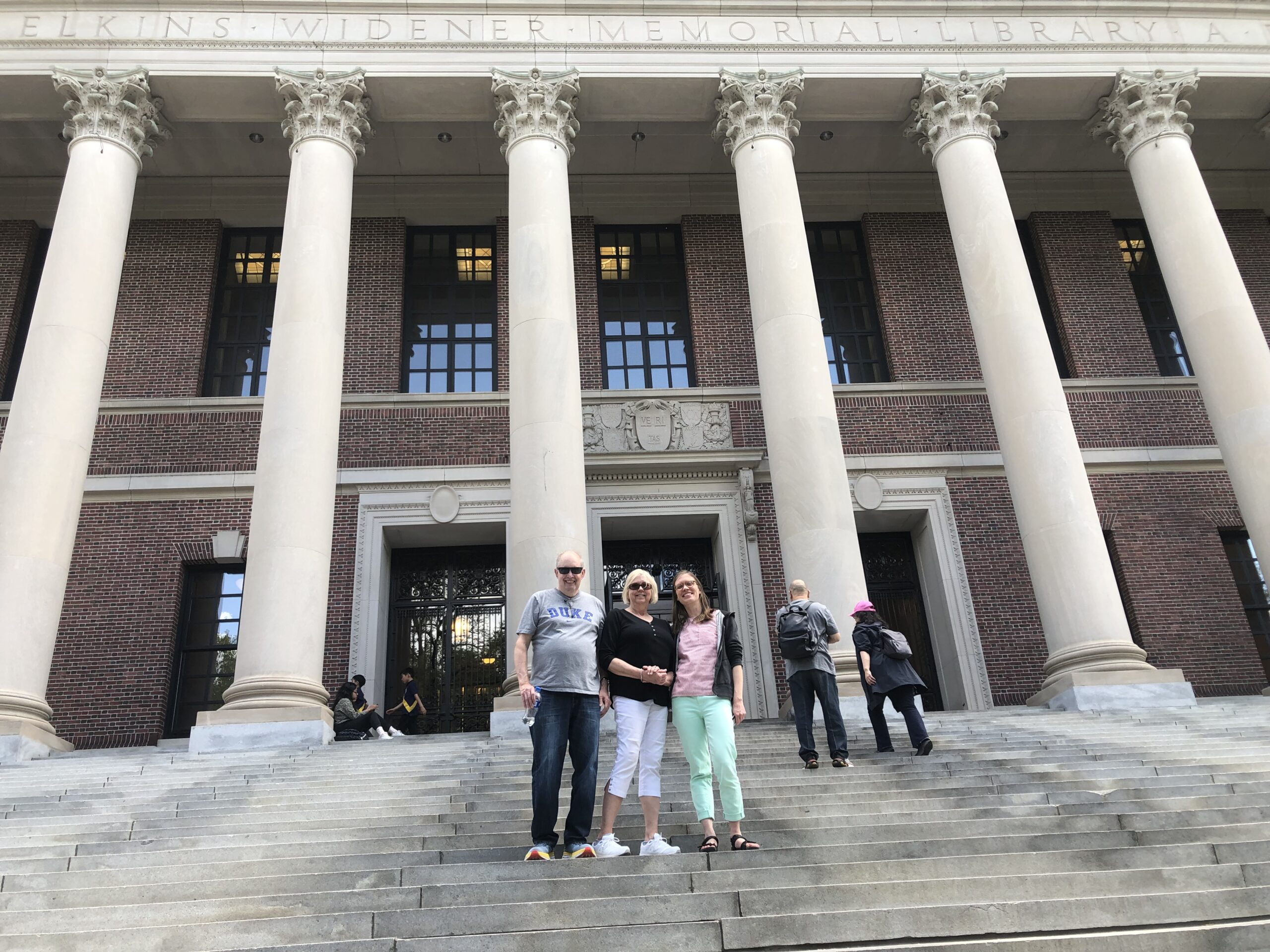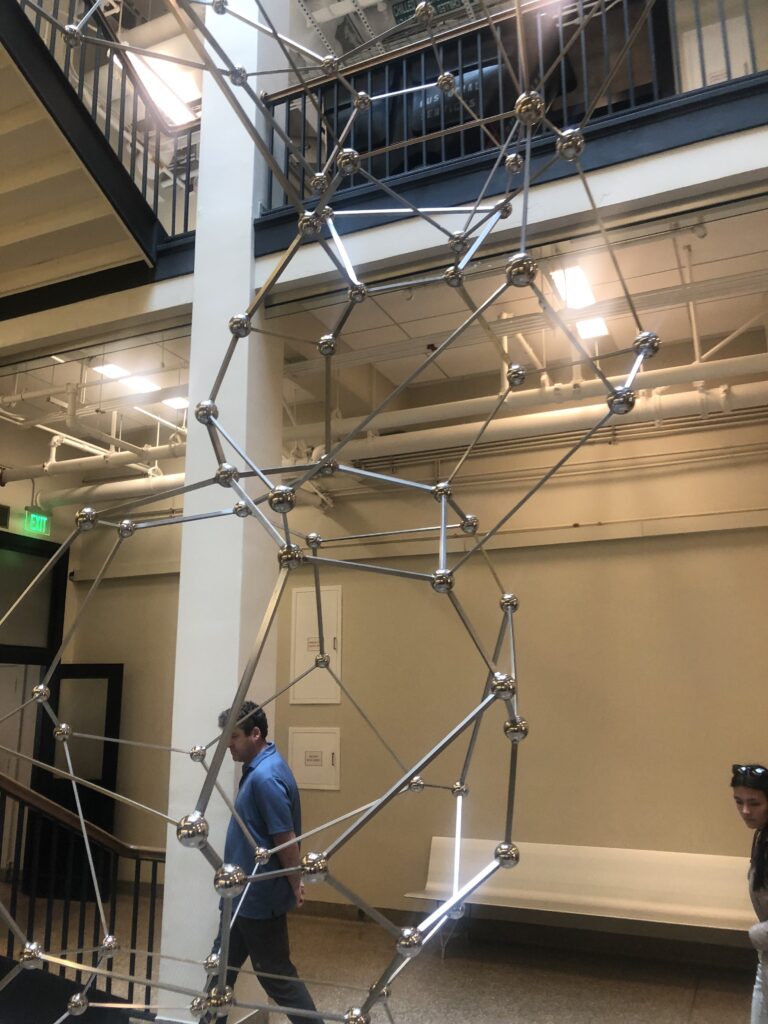Are you looking for a way to elevate your college application from good to great? Passion projects are a great way to demonstrate your interests beyond grades and traditional extracurriculars and get the attention of admissions. They also help you build skills in leadership, communication, problem-solving and creativity – all attributes colleges look for. Not sure how to initiate a passion project, or even what qualifies as one? We’ve developed a Q&A to help. Who knows, you may already have a passion project in the works and not even realize it!
What is a passion project?
A passion project is a personal, self-directed project that you undertake because of a strong interest, curiosity or skill. It is usually something you do outside of class, but it may be an extension of what you learned in a class. A great passion project can demonstrate to a college you already have engaged deeply with an academic interest or intended major, shown initiative or impacted your community. In some cases, a passion project can be the centerpiece of your application; in other words, it can be one of the things that truly helps you stand out.


How do I get started?
It’s important to be authentic when you think about a passion project. What interests you? What are you curious about? What do you spend your time on? Focus on what’s meaningful to you, not what you think a college is looking for. It should be something you sincerely love to do. Sometimes, we even refer to these interests or activities as your “spark,” and they can involve art, nature, technology, music, research, culture, etc.
Be sure to also connect with your College Expert counselor if you have questions. They can help you focus and define your project and provide insight into what a college is looking for.
What are some projects that have stood out?
Some of our favorites include developing a mental health app, initiating a literary arts magazine, showing art at the State Fair and starting a small business (we’ve seen everything from cupcake catering to clamming!) You could also:
Start your own nonprofit
Film a documentary
Lead a workshop
Plant a community garden
Start a club around one of your interests
Create a social media campaign
Lead a workshop
Organize a food drive or book drive
Learn a new skill
Create and showcase art
Here are some additional resources to help you brainstorm potential projects.
College Expert Students’ Passion Projects: Projects initiated by our former students.
50+ Ways to Find Your Spark: Ideas to help you brainstorm the type of project that
excites you.

Looking for more ideas? Follow us on Instagram (@collegeexpert) for upcoming posts that will profile passion projects initiated by current and former College Expert students. We want to help you stand out, and a passion project is a great way to do that. If you have any questions, contact your College Expert counselor. We’d love to discuss this with you!










